🇪🇸 Olives from Spain
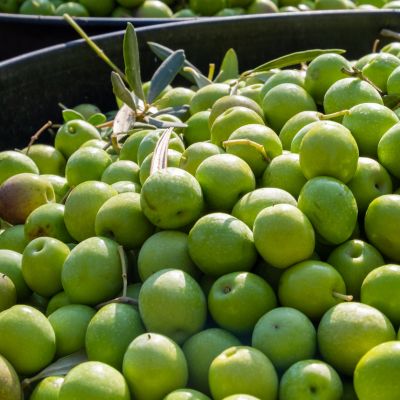
🫒Manzanilla
A small, round, and green olive, the Manzanilla is predominantly grown in the Seville region of Andalusia. Highly regarded for its firm texture and mild, slightly nutty flavor, it is a popular table olive that is often served stuffed with pimientos, garlic, or almonds. The Manzanilla olive is also used to produce a delicate and fruity olive oil, which is an excellent choice for salad dressings, marinades, and other light dishes that benefit from its subtle flavor profile.
🫒Hojiblanca
The Hojiblanca olive is a versatile, dual-purpose fruit native to the southern Spanish provinces of Córdoba and Málaga. With its slightly bitter and piquant taste, it is enjoyed both as a table olive and for oil production. The name “Hojiblanca” translates to “white leaf” in Spanish, referring to the silver underside of the tree’s leaves. The oil produced from Hojiblanca olives has a unique flavor profile, characterized by hints of freshly cut grass, green almond, and a touch of pepperiness. It is a popular choice for both cooking and finishing dishes, as its complex taste enhances a wide range of culinary creations.
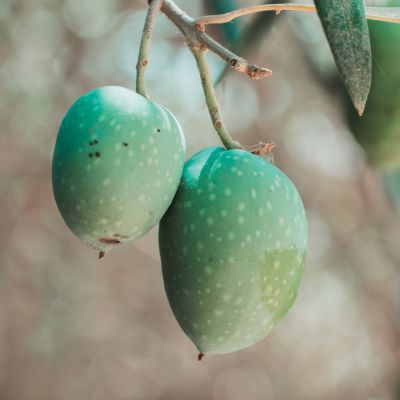
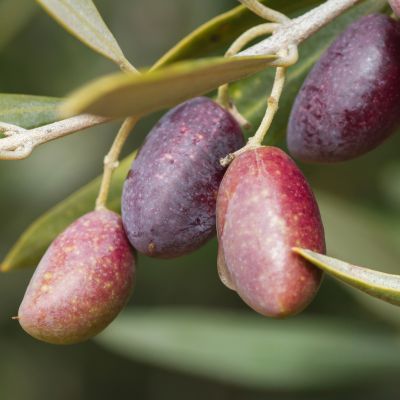
🫒Picual
As one of the most abundant olive varieties in Spain, the Picual is primarily grown in the Andalusian region. Known for its high oil content and strong, fruity flavor, Picual olives are predominantly used for olive oil production. The oil is characterized by its peppery and slightly bitter taste, making it a favorite for enhancing various dishes.
🫒Arbequina
Originating in Catalonia, the Arbequina olive is a small, round fruit with a distinctive, smooth flavor. It is highly appreciated for its mild, fruity, and slightly nutty taste. Primarily used for olive oil production, Arbequina oil is versatile and well-suited to a wide range of culinary applications.
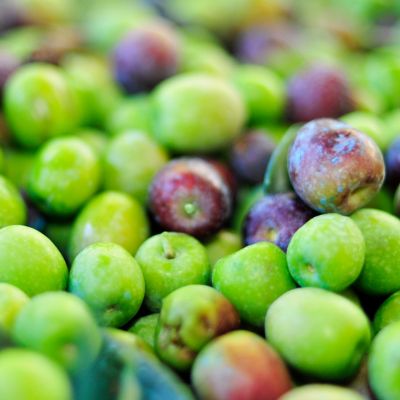
🇬🇷 Olives from Greece
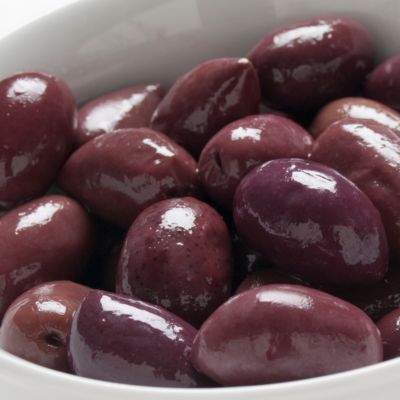
🫒Kalamata
Named after the city of Kalamata in the southern Peloponnese region of Greece, the Kalamata olive is a large, almond-shaped fruit with a deep purple hue. It has a rich, fruity flavor, a slightly smoky aroma, and a hint of saltiness, which makes it a perfect addition to various dishes. Kalamata olives are typically preserved in red wine vinegar, red wine, or olive oil, further enhancing their unique taste. Often used in Greek salads, meze platters, and Mediterranean dishes, Kalamata olives are prized for their distinct flavor and have earned a Protected Designation of Origin (PDO) status, which ensures their quality and authenticity.
🫒Halkidiki
Also known as Chalkidiki or Chalcidice olives, Halkidiki olives originate from the Halkidiki region in northern Greece. These large, green olives are usually harvested while still unripe, resulting in a firm texture and a slightly bitter taste. Halkidiki olives are often brined or marinated in a mix of herbs, garlic, or lemon to enhance their flavor. Due to their size and firmness, they are perfect for stuffing with ingredients such as feta cheese, almonds, or sun-dried tomatoes. Halkidiki olives are a popular choice for antipasti platters, salads, and as a garnish in cocktails like the classic martini.
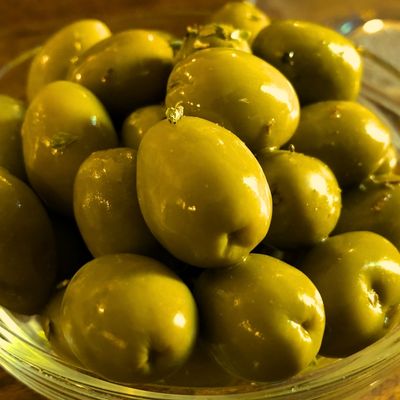
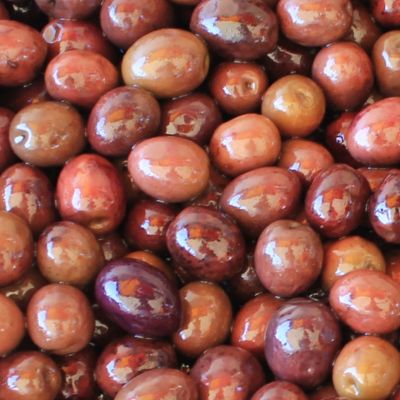
🫒Amfissa
The Amfissa olive is grown in central Greece near the ancient city of Delphi. This round, medium-sized olive is often black when fully ripe, with a slightly sweet and fruity flavor. Amfissa olives are enjoyed both as table olives and used for oil production.
🫒Koroneiki
Hailing from the southern Peloponnese region, the Koroneiki olive is a small fruit with a high oil content. It is primarily used for olive oil production and yields a robust, flavorful oil with a slightly peppery and pungent finish, making it a favorite among olive oil aficionados
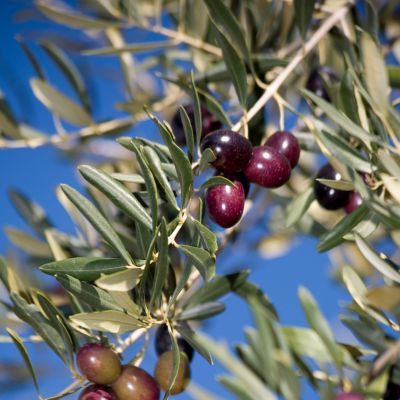
🇮🇹 Olives from Italy
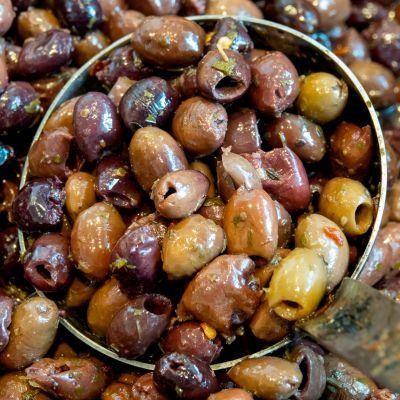
🫒Leccino
The Leccino olive is native to Tuscany and is one of Italy’s most widespread and well-known olive varieties. It is a medium-sized, elliptical fruit with a shiny black skin when fully ripe. Leccino olives are primarily used for oil production, yielding a high-quality, fruity oil with a mild, slightly sweet flavor and a hint of spiciness. The versatile Leccino olive oil is popular for its balanced taste, which complements a wide range of dishes, from salads and pasta to grilled meats and vegetables.
🫒Frantoio
Another prominent Tuscan olive variety, the Frantoio olive is highly regarded for its exceptional oil. The fruit is medium to large, with a slightly elongated shape and a green to dark purple color when ripe. Frantoio olives produce a robust, fruity oil with a complex flavor profile, characterized by notes of artichoke, green apple, and a pleasantly peppery finish. The oil is highly valued for its health benefits due to its high content of polyphenols, which are known for their antioxidant properties. Frantoio olive oil is widely used in Italian cuisine, both for cooking and as a finishing oil, enhancing the flavors of various dishes with its rich taste.
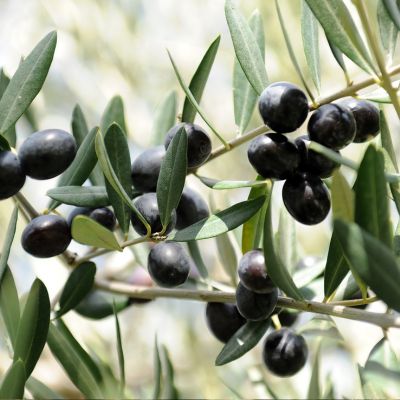
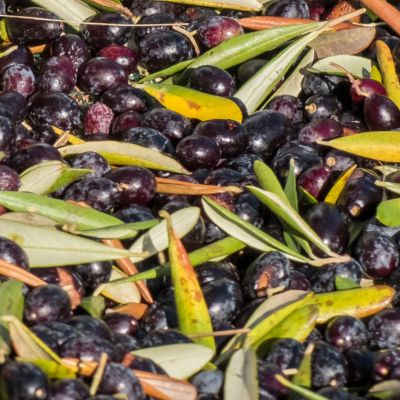
🫒Taggiasca
The Taggiasca olive, also known as the Cailletier or Olive de Nice, is a small, dark fruit native to the Liguria region in northwestern Italy. With its sweet, delicate flavor and buttery texture, the Taggiasca olive is highly prized for its exceptional quality. The olive oil produced from Taggiasca olives is light and fruity, with a mild almond taste and a gentle, slightly spicy finish. This versatile oil is ideal for salads, seafood, pasta dishes, and drizzling over freshly baked bread. Taggiasca olives are also enjoyed as table olives, often preserved in brine, olive oil, or a mix of herbs and spices.
🫒Cerignola
Hailing from the Puglia region in southern Italy, Cerignola olives are known for their impressive size, making them one of the largest olive varieties in the world. They come in green, black, and red varieties, with the green being the most common. Cerignola olives have a mild, buttery flavor and a meaty, satisfying texture, which makes them a popular choice for table olives. They are often served as part of antipasti platters or as a snack with wine and cheese. Due to their size, Cerignola olives are also ideal for stuffing with ingredients such as cheese, capers, or anchovies, providing a delicious and visually appealing addition to various dishes.
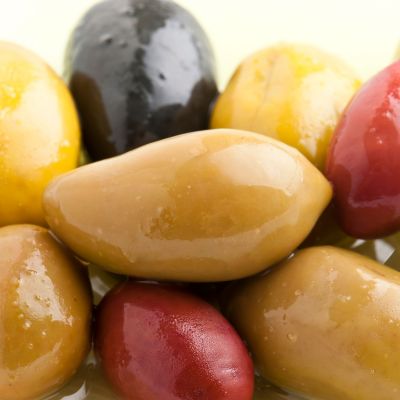
🇵🇹 Olives from Portugal
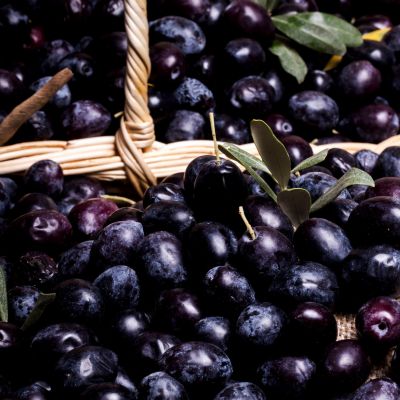
🫒Galega
As one of the most common olive varieties in Portugal, the Galega is a small, elongated fruit with a dark purple to black colour when ripe. Known for its mild and slightly sweet flavour, Galega olives are often enjoyed as table olives, usually preserved in brine or marinated with herbs and spices. They are also used for oil production, yielding a light, fruity oil with a delicate, well-balanced taste.
🫒Cobrançosa
The Cobrançosa olive is predominantly grown in the Trás-os-Montes and Alto Douro regions of Portugal. It is a medium-sized, round olive with a high oil content. The oil produced from Cobrançosa olives is fruity and complex, with notes of apple and almond, and a slightly peppery finish. This versatile oil is ideal for cooking, drizzling over salads, and as a finishing oil for various dishes.
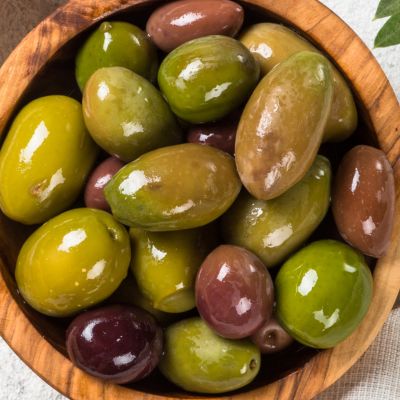
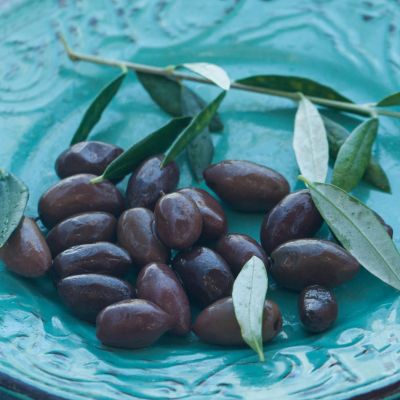
🫒Cordovil
Native to the Alentejo region, the Cordovil olive is a medium to large fruit with an elongated shape and a dark purple colour when fully ripe. It is primarily used for oil production, yielding a high-quality oil with a fruity aroma, a hint of bitterness, and a mildly pungent aftertaste. Cordovil olive oil is often used in traditional Portuguese dishes, enhancing their flavors with its distinctive taste.
🫒Verdeal:
The Verdeal olive is mainly cultivated in the Beira Interior region of Portugal. It is a medium-sized, round fruit with a green to purple color when ripe. Verdeal olives are used for both table olives and oil production. The oil is characterised by its intense fruity flavour, a slight bitterness, and a pungent aftertaste, making it a suitable choice for various culinary applications, particularly in traditional Portuguese cuisine.
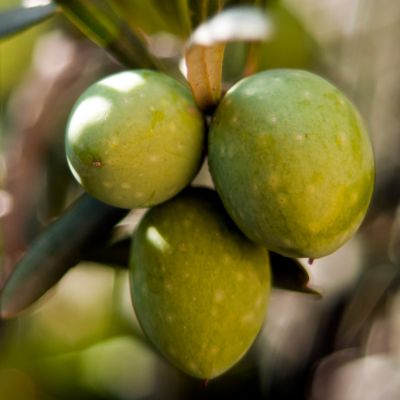
🇫🇷 Olives from France
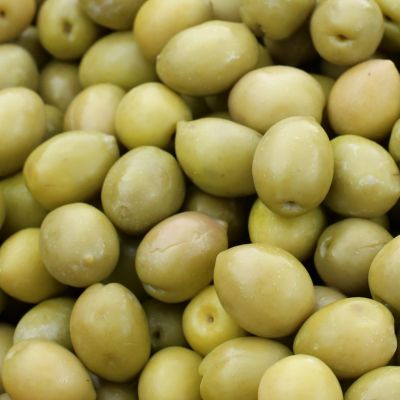
🫒Picholine
Native to Southern France, the Picholine is a green, medium-sized olive with a crisp texture and a slightly tart flavor. It is commonly used as a table olive, served in a variety of French dishes, and for oil production. Its unique taste and aroma make it a staple in French cuisine.
🫒Lucques
Originating from the Languedoc-Roussillon region, the Lucques olive is renowned for its distinct crescent shape and vibrant green color. It has a sweet, nutty taste with a subtle hint of anise, making it a highly sought-after table olive. Its buttery, mild flavor complements many French dishes.
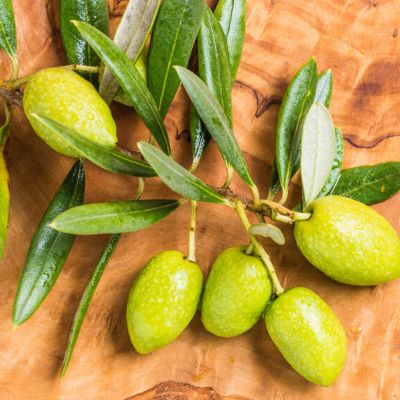
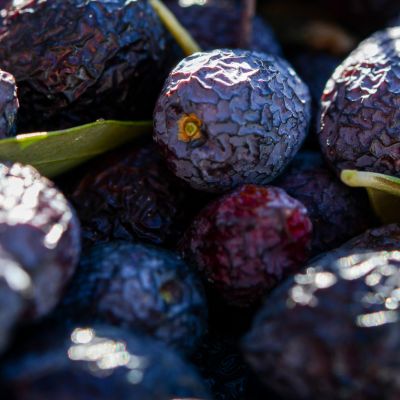
🫒Nyons
Grown in the picturesque town of Nyons, this small, black olive is known for its wrinkled appearance and strong, fruity flavor. Often cured in brine, the Nyons olive is enjoyed as a table olive and is also used to produce a highly regarded olive oil. Its robust taste has earned it a place in the hearts of olive connoisseurs worldwide.
🫒Aglandau
Hailing from the Provence region, the Aglandau olive is prized for its high-quality oil production. With a balanced flavor profile featuring fruity, bitter, and pungent notes, this medium-sized, oval-shaped olive has become an essential ingredient in the world-renowned Provençal cuisine, elevating dishes with its rich and complex character.
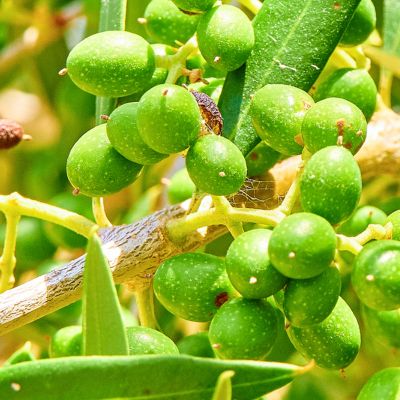
🇲🇦 Olives of Morocco
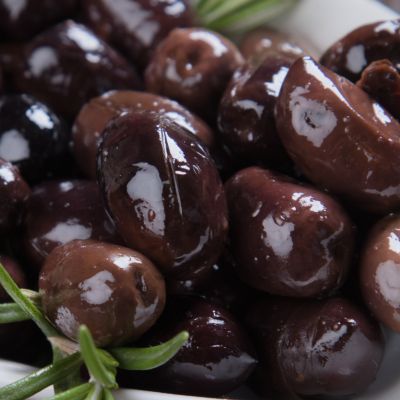
🫒Beldi
Originating from Morocco, the Beldi olive is a small, black, and wrinkled fruit with a distinct flavor profile. Often cured in salt and later preserved in olive oil, these olives have a concentrated, tangy taste with a slightly smoky undertone. Beldi olives are a popular addition to various Moroccan dishes, such as tagines and salads, enhancing the overall taste with their unique characteristics.
🫒Haouzia
The Haouzia olive is a medium-sized, round fruit that boasts a vibrant green color. It is primarily grown in the Doukkala region of Morocco and is highly regarded for its firm texture and mild, slightly sweet flavor. Haouzia olives are commonly enjoyed as table olives or used as a delightful ingredient in a variety of Moroccan recipes, lending their subtle taste to enhance the overall dish.
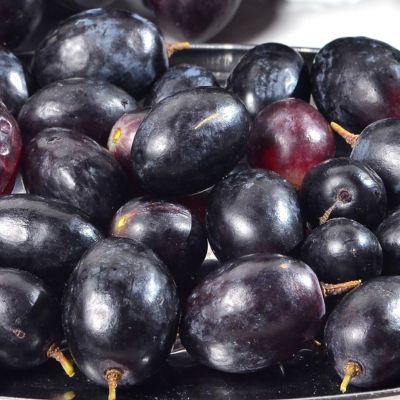
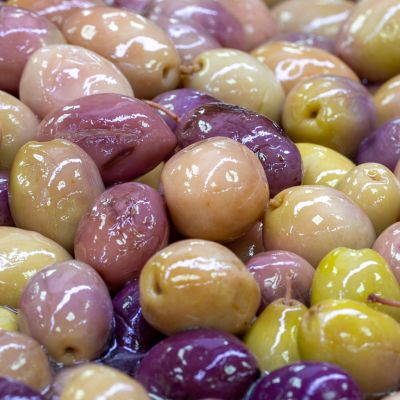
🫒Menara
Named after the iconic Menara Gardens in Marrakech, the Menara olive is a versatile variety that is used for both table consumption and oil production. Its large size, smooth skin, and rich green color make it an attractive choice for olive platters. With a balanced flavor that offers fruity, bitter, and piquant notes, the Menara olive adds depth and complexity to Moroccan cuisine.
🫒Sigoise
Grown predominantly in the region of Oujda, the Sigoise olive is appreciated for its high oil content, which contributes to its exceptional quality. The olive has an elongated shape, with a green or slightly purple hue, depending on its level of ripeness. The Sigoise olive has a rich, fruity flavor with a pleasant hint of bitterness, making it a prime choice for both table consumption and the production of premium Moroccan olive oil.
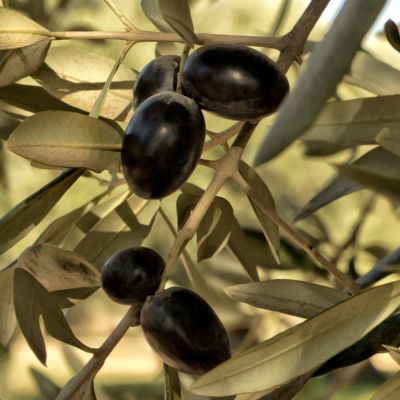
Olives of Turkey
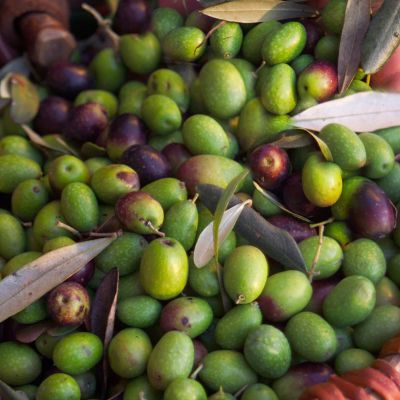
🫒Ayvalik
Grown primarily in the Balikesir province, the Ayvalik olive is a medium-sized, oval-shaped fruit with a dark purple or black color. Known for its rich and fruity flavor, this olive variety is used primarily for oil production, yielding a high-quality oil that is cherished for its unique taste and aroma. The Ayvalik olive contributes to the rich culinary heritage of Turkish cuisine and is a favorite among olive enthusiasts.
🫒Memecik
The Memecik olive, native to the Aegean region of Turkey, is a versatile variety that is used for both table consumption and oil production. This medium-sized, oval-shaped fruit has a green to black color depending on its level of ripeness. Its well-balanced flavor, featuring a combination of fruity, bitter, and pungent notes, makes the Memecik olive a popular choice in a range of Turkish dishes.
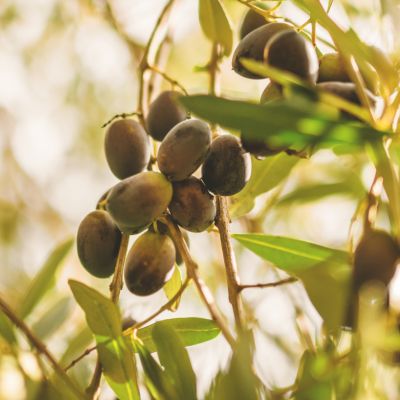
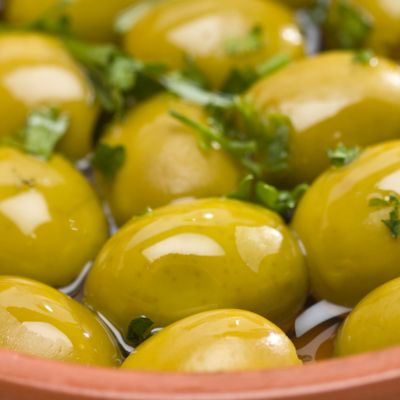
🫒Domat
Grown predominantly in the Mersin province, the Domat olive is a medium to large-sized fruit with a green or slightly yellow hue. Prized for its high oil content, the Domat olive is primarily used for oil production, yielding a mild and sweet oil that is widely appreciated in Turkish cuisine. Its delicate flavor also makes it suitable for table consumption, enjoyed by locals and visitors alike.
🫒Edincik Su
Hailing from the Bandirma region, the Edincik Su olive is a small, round fruit with a green to black color, depending on its level of ripeness. Its firm texture and slightly bitter taste make it a popular table olive in Turkey. Often enjoyed as an appetizer or accompaniment to various traditional dishes, the Edincik Su olive adds a touch of depth and complexity to the rich tapestry of Turkish cuisine.
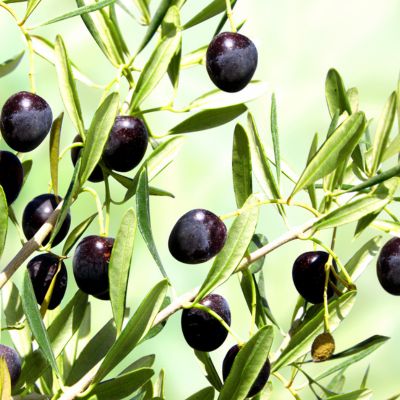
𐡸 𐡸 𐡸 𐡸 𐫱 𐡷 𐡷 𐡷 𐡷
Frequently asked questions
While there is no specific recommended number of olives to consume daily, moderation is key. Olives are a good source of healthy fats, antioxidants, and vitamins, but they can also be high in sodium due to the curing process. Depending on individual dietary needs and preferences, a reasonable portion could range from 5 to 10 olives per day. As with any food, it’s essential to consider your overall diet and consult with a healthcare professional if you have any concerns.
The main olive-producing countries include Spain, Italy, Greece, Turkey, Tunisia, Morocco, Portugal, Algeria, and the United States. These countries are known for their distinctive olive varieties and contribute significantly to the global production of olives and olive oil. Each country boasts its own unique olive varieties, which are used in local cuisines and exported worldwide.
Olives are a nutrient-dense food, rich in healthy monounsaturated fats, which have been linked to improved heart health and reduced inflammation. They are also a good source of antioxidants, such as vitamin E, and various phytonutrients, which help protect cells from damage and may lower the risk of certain chronic diseases. Additionally, olives contain essential minerals like calcium, iron, and potassium. However, as cited before owever, due to the curing process, they can be high in sodium.



